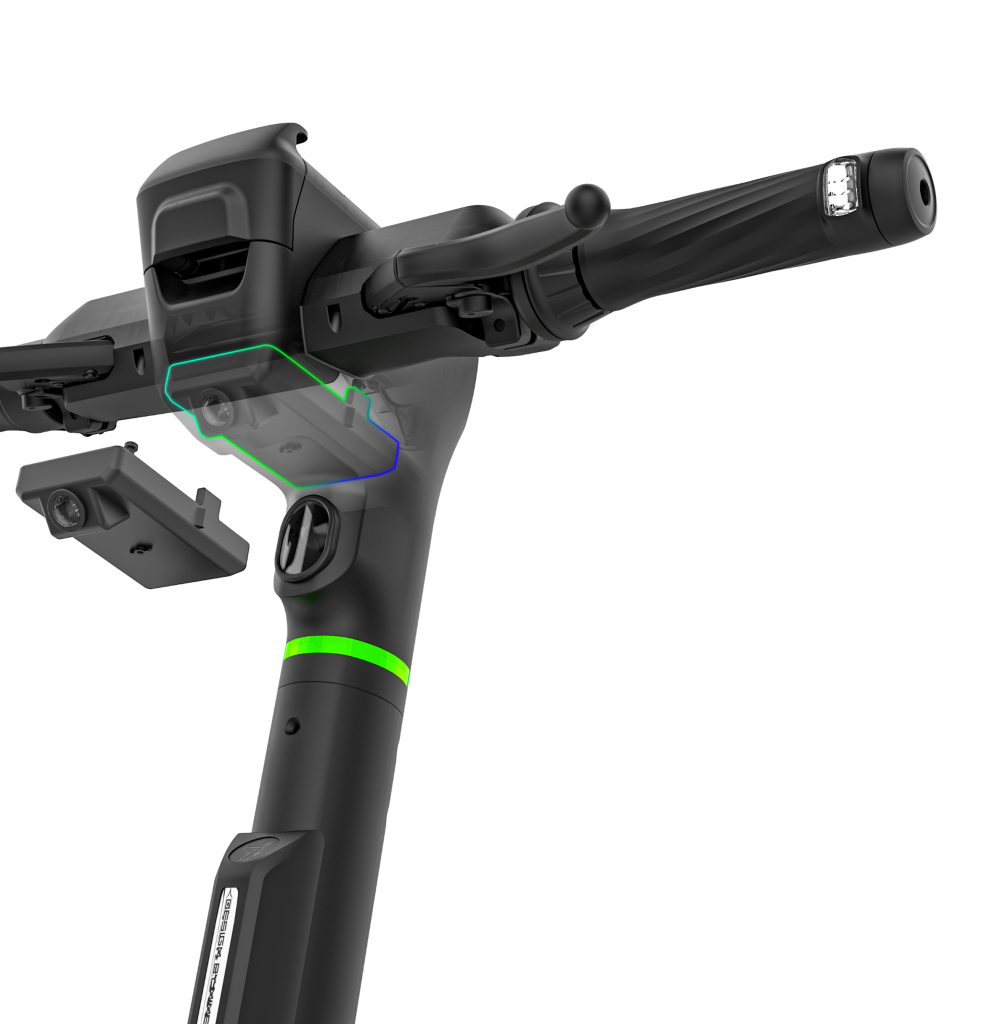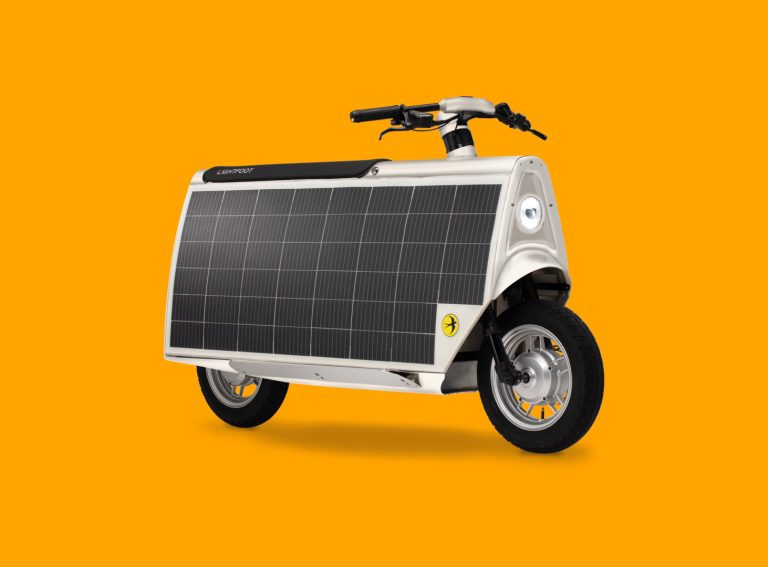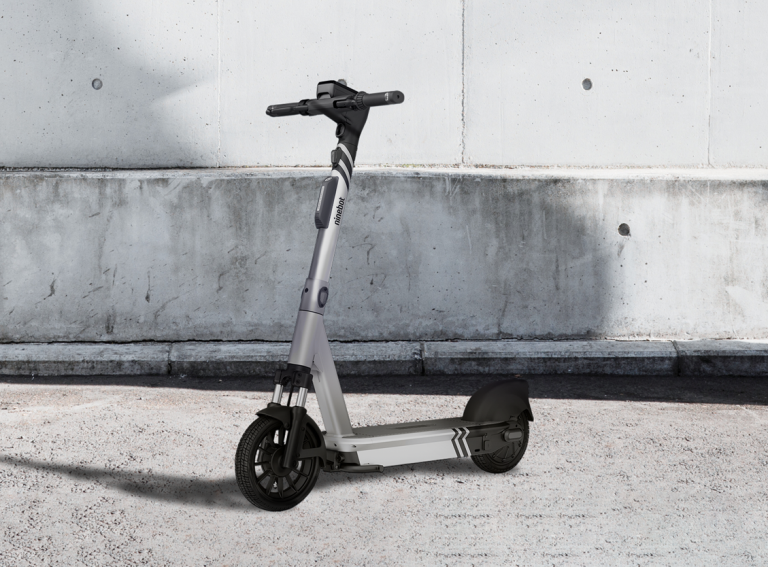Segway-Ninebot is announcing the mass production of its 10,000th S90L e-scooter just one month after factory orders were received.
The micromobility solution provider’s S90L is its latest, AI-powered model designed specifically for shared fleets.
Disruptions to the global supply chain, combined with rising costs and climate shocks, have posed new challenges to the micromobility industry still recovering from the COVID-19 pandemic. But despite these headwinds, Segway-Ninebot has been able to continue to meet the demands of its global client base.
First introduced this June at Micromobility Europe in Amsterdam, the e-scooter has been met with enthusiasm from global shared e-scooter operators across Europe, North America and the Asia-Pacific.
This interest, Segway believes, is down to the S90L integrating a full spectrum of AI technologies optimised for shared use.
Operators are having to respond to evolving regulatory policies and increased safety demands from city regulators, and AI is the way to achieve this, according to the company.
Using intelligent sensors and algorithms, the S90L is developed through one platform – the Segway Pilot.
Segway Pilot
This is a system that can autonomously sense and detect diverse elements in an urban setting.
Situated under the dashboard of the S90L e-scooter is an ‘AI box’ that can detect pavements, pedestrians, bike lanes, tandem riding, and parking spaces all in real-time.
Then through visual and voice prompts, the vehicle provides guidance and assistance to riders to improve safety.
The Fisheye Camera has an 8m, 140° detection field of view – meanwhile safeguarding privacy by blurring facial characteristics at the time of image capture. It can also work as a Dash camera to record ridings and any incidents.

AI in action
To ensure city streets and walkways are kept clear for pedestrians, governments impose parking regulations which operators must then comply with. Segway has introduced a parking detection function that can detect different types of parking spots including corral, rack and curb.
Cities may also stipulate that e-scooters cannot be ridden on pavements. In this instance, when the S90L crosses from the road onto a pavement, the ‘sidewalk detection’ feature will automatically slow the vehicle and give a voice warning sound.
Pedestrian detection, which can detect, identify and calculate the number of pedestrians, is a further key function of Segway Pilot. When the number of pedestrians on the road exceeds a certain safety-setting number, which is configurable by the operator, the vehicle will actively reduce in speed and issue a warning sound to protect pedestrians.
This is a more difficult feature to implement than road detection because there is a subjective perception problem when an e-scooter is making a decision on how to pass a crowd. For example, there are ten people on the road in front of the e-scooter, but they are walking on the left and there is a wide enough road on the right for the e-scooter to pass by. At this time, there is no need to slow the speed and give warning signals because the S90L can detect that there are no pedestrians in the riding route.
“The Segway Pilot uses the width of the pavement that divides the current road, the occupancy of the road by pedestrians, and the space riders need to pass through the crowd for a comprehensive comparison, so that the algorithm can make a more accurate determination of the road condition,” said Yusen Qin, Senior Algorithm Architect Engineer at Segway-Ninebot.
When asked about Segway’s future plans for its AI technology, Michael Luan, Product Director of Commercial Mobility Business Division, Segway-Ninebot, envisions an ecosystem approach.
“We are excited about the AI capabilities of the S90L. Moving forward, the Segway Pilot platform will be made available to the broader developer community – with an open SDK AI Box that provides a platform for industry participants and clients with independent development possibilities and accesses, thus enabling unique operational and business models.”



